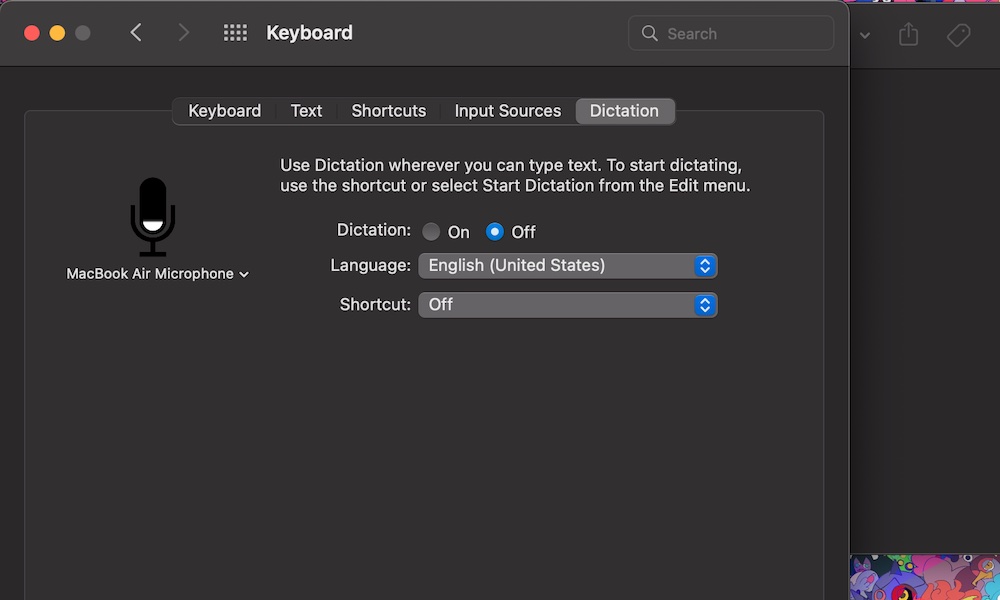

Designing a good VUI requires interdisciplinary talents of computer science, linguistics and human factors psychology – all of which are skills that are expensive and hard to come by. VUIs need to respond to input reliably, or they will be rejected and often ridiculed by their users. VUIs have become more commonplace, and people are taking advantage of the value that these hands-free, eyes-free interfaces provide in many situations. However, advances in technologies like text-to-speech, speech-to-text, Natural Language Processing, and cloud services, in general, contributed to the mass adoption of these types of interfaces. Until recently, this area was considered to be artificial intelligence. Controlling a machine by simply talking to it was science fiction only a short time ago. Overview Ī VUI is the interface to any speech application.

They are also capable of responding to several commands at once, separating vocal messages, and providing appropriate feedback, accurately imitating a natural conversation. Newer voice command devices are speaker-independent, so they can respond to multiple voices, regardless of accent or dialectal influences. Older automated attendants (which route phone calls to the correct extension) and interactive voice response systems (which conduct more complicated transactions over the phone) can respond to the pressing of keypad buttons via DTMF tones, but those with a full voice user interface allow callers to speak requests and responses without having to press any buttons. They are the primary way of interacting with virtual assistants on smartphones and smart speakers. Voice user interfaces have been added to automobiles, home automation systems, computer operating systems, home appliances like washing machines and microwave ovens, and television remote controls. A voice command device is a device controlled with a voice user interface.


( Learn how and when to remove this template message)Ī voice-user interface ( VUI) makes spoken human interaction with computers possible, using speech recognition to understand spoken commands and answer questions, and typically text to speech to play a reply. Please help update this article to reflect recent events or newly available information.


 0 kommentar(er)
0 kommentar(er)
